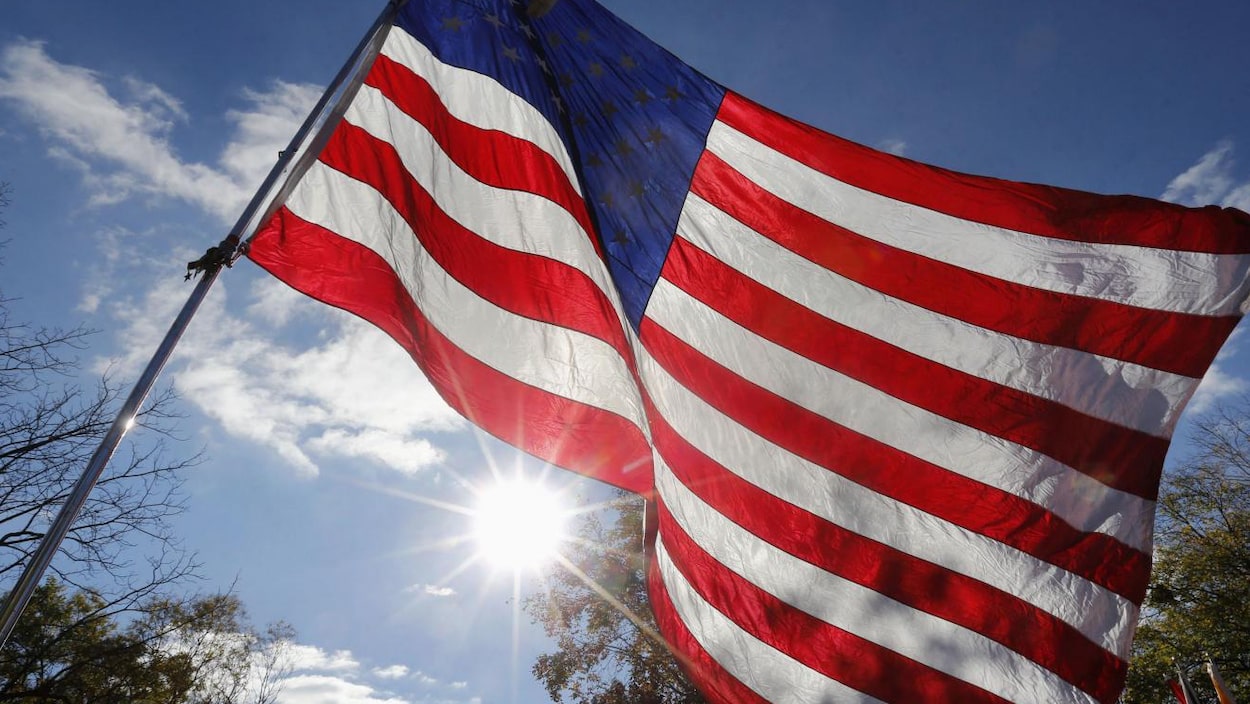New data reveals that depression is on the rise in the United States, including among teens and young adults. “Diagnoses of major depression have risen dramatically by 33 percent since 2013.” The highest age group is adults 35 to 49, but teens and young adults also show elevated levels. Among the reasons cited for the rise is overuse of electronic devices, which can cause sleep disruptions, as well as traumatic events, major life changes, and substance addiction.
It is well known that severe depression can lead one to suicide, so we might expect the rise in depression to be accompanied by a rise in the U.S. suicide rate, and that is reportedly the case. From 1999 to 2014 the rate rose from 10.5 to 13 per 100,000 people. According to the Center for Disease Control, suicide has been the tenth leading cause of death in the U.S.
Among the warning signs of potential suicides noted in the report are “talking about wanting to die,” “talking about feeling trapped,” talking about feeling unbearable pain, “feeling like a burden to others,” and/or “acting anxious or agitated.”
These data on suicide made me wonder: If the suicide rate is so high in the richest country in the world, what must the rates be in poorer countries where the conditions of life are much worse, where people not only have feelings of being trapped and suffering unbearable pain but actually are trapped and actually do experience pain at a level unimaginable to most Americans. One would surely expect the rates in poorer countries to be much higher. So I researched the question to learn if that is the case. I found the opposite to be true:
The suicide rate per 100,000 citizens today in the United States is 13.7 (an increase of .7 from 2014). The suicide rates in notably poorer countries are: El Salvador 13.5, Liberia 13.4, Haiti 12.2, Senegal 11.8, Central African Republic 11.6, Comoros 11.1, Rwanda 11.0, North Korea 10.6, Cuba 10.1, Gambia 10.0, Congo 9.7, Malawi 7.3, Madagascar 6.9, Afghanistan 6.4, South Sudan 6.1, Bangladesh 6.1, Venezuela 3.8, and Guatemala 2.9.
Note that each of these countries has, not a higher suicide rate than the U.S., but a LOWER one. And here is an even greater surprise—all of the countries I have named are numbered among the poorest in the world. In many of them, disease is rampant, sanitation is non-existent, hunger is constant, and starvation common.
How can it be that the suffering people of the world bear their crosses with dignity and hope while many of the most blessed of all peoples since time began surrender to much lesser challenges, some of them trivial by comparison.
The plight of the poor nations is too complex, too deeply entrenched, and too profound to address even in an extended essay. My focus is therefore on what can be done to alleviate the problems of depression and suicide in the United States.
Not surprisingly, the treatments recommended by the experts for despondent Americans consist of medication, psychological therapy, or both. Such recommendations are appropriate in many cases. For example, medication is clearly indicated for people with chemical imbalances caused by genetic conditions or addiction to alcohol or drugs. And counseling is certainly reasonable when the depression is related to a psychiatric disorder or overuse of electronic devices.
In other cases of depression, however, very possibly the vast majority, medication and psychotherapy are not likely to solve the problem, at least not by themselves. The reason, I submit, is that most depression manifest in wealthy, technologically advanced countries like the United States is at root neither chemical nor psychiatric, but instead existential—that is, related to the presence or absence of meaning in people’s lives—and therefore that the approach to solving it must be spiritual.
To be continued . . .
Copyright © 2019 by Vincent Ryan Ruggiero








